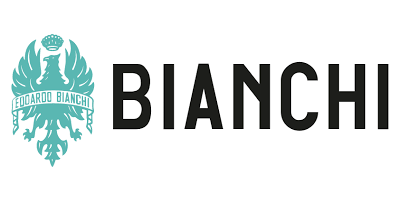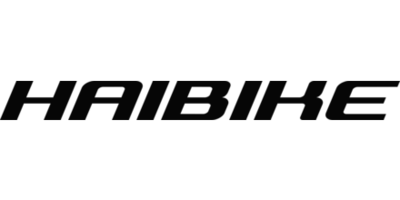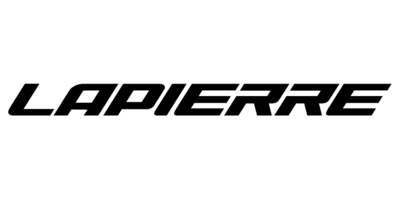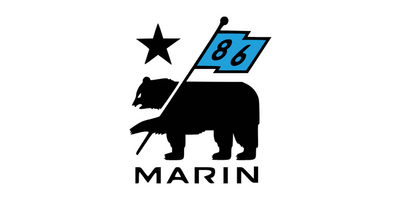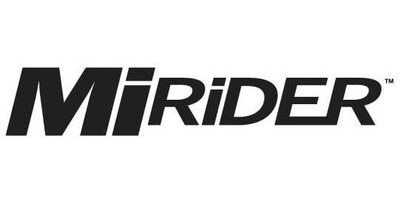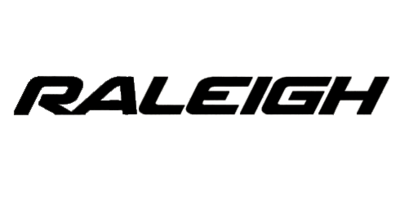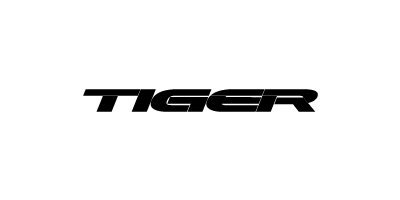Assembling your new bike
HOW TO PUT TOGETHER A BIKE FROM JC COOK CYCLES
If you've bought your new bike and ordered it online you're going to find yourself with a bike box arriving at the door. Sometimes the bike inside may come ready to ride, but often it will need a bit of assembling. Don't panic - we're here to help, and in this step by step guide we'll take you through setting up the bike ready to ride.
Tools you will need to build your brand new bike:
- Allen keys – 4,5 and 6mm or a multitool
- Screwdriver – flat head and phillips
- Spanner – 15mm
- Scissors
- Please note most bikes do not come with tools
Assembling Your New Bike
1) Remove all packaging, cardboard, cable ties, plastic bags etc, please recycle what you can.
2) Put the front wheel into the bike if this has come separate.
Identify which type of axle you have:
If the wheels are bolted, unscrew the nuts on the ends.
If the wheel is quick-release undo the skewer enough to allow you to get it into the forks, it will be easier if you don't take the skewer all the way out.
If the axle is a "thru-axle" unscrew it from the forks and place the wheel in the forks, when the wheel is lined up properly you can now insert the axle through the forks and wheel and tighten.
MAKE SURE THE WHEEL IS IN THE FORK DROPOUT CORRECTLY AND IS STRAIGHT IN THE FORKS.
3) Check which type of brakes you have.
If you have disc brakes make sure the wheel is the right way round with the disc on the side of the caliper and make sure the disc slots in the caliper correctly.
If you have V-brakes, uncouple the brakes by holding the caliper arms and squeezing, this releases the cable and allows you to out the wheel in easier.
When you put the wheel back in pull the caliper arms together and slot the little silver mushroom-shaped part through the gap and make sure it sits firmly in place.
If you have a road bike with caliper brakes use the small lever to the left-hand side and flip it up, this loosens the brakes so you can get the wheel in easier. Make sure to flip it back down when you've put it in the wheel.
4) Put the pedals on. THE PEDALS ARE CLEARLY MARKED 'L' AND 'R'.
Meaning left or right hand side of the bike from the riders perspective. Wind them on by pressing the thread gently against the thread in the crank arm and gently, without great force, get them hand tight in the crank. Using a pedal spanner (or if it fits a 15mm spanner) and tighten them up fully, Please note some pedals can be tightened with allen keys usually 6mm or 8mm.
NOT FOLLOWING THESE INSTRUCTIONS COULD RESULT IN THE PEDAL PULLING OUT OF THE CRANK WHILE RIDING, WHICH WILL REQUIRE A REPLACEMENT CRANK: WHICH IS NOT COVERED UNDER ANY WARRANTY.
5) Fit the seatpost & saddle. Do this by pacing the seatpost into the seat tube and tightening the clamp with either the quick release, a 4/5mm allen key or a 13mm spanner (whichever applies to your model of bike).
6) Fitting the bars. Put the bolts back into the holes that they came from and tighten down so that there is an even gap between the stem and faceplate.
Sometimes, especially on road bikes, the handlebars may be rotated for transit and need to be rotated to the correct riding position.
Loosen the bolts on the stem faceplate so that you can rotate the bars. Rotate the handlebars to the correct position.
For road bike drop bars, the top part of the drops behind the brake lever should be parallel to the ground
Flat handlebars are usually positioned correctly (with a slight rise and back-sweep) although you can rotate them slightly to find the most comfortable hand position.
Tighten the faceplate bolts gradually in a figure of eight patterns (across) to ensure you get even tension on all sides. Tighten the bolts until the bars are secure – torque settings are usually printed on the stem 4-7NM
7) Make sure the tyres are pumped up. It should say "Maximum Pressure –PSI" or "Minimum Pressure –PSI". This is the max and minimum and should not be exceeded and this is a very good guide of how hard to pump them up.
8) Run through the gears while not sat on the bike, just make sure they are running OK.
9) Your Bike Is Now Ready To Ride and we hope you enjoy it.
Carry out a final preliminary check to ensure your bike is safe to ride – especially pulling the brakes hard as these are the things that stop you.

